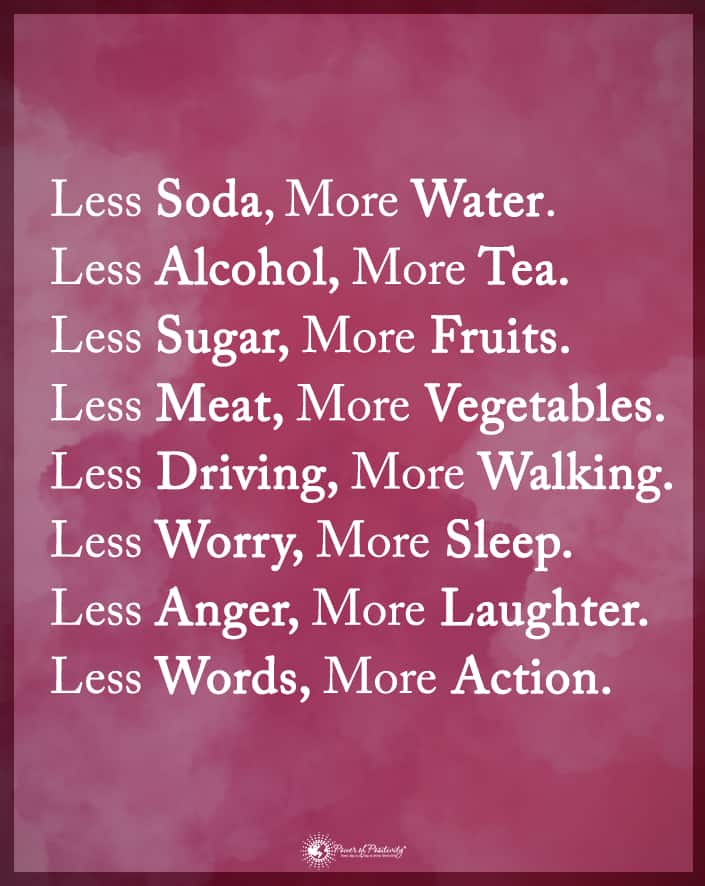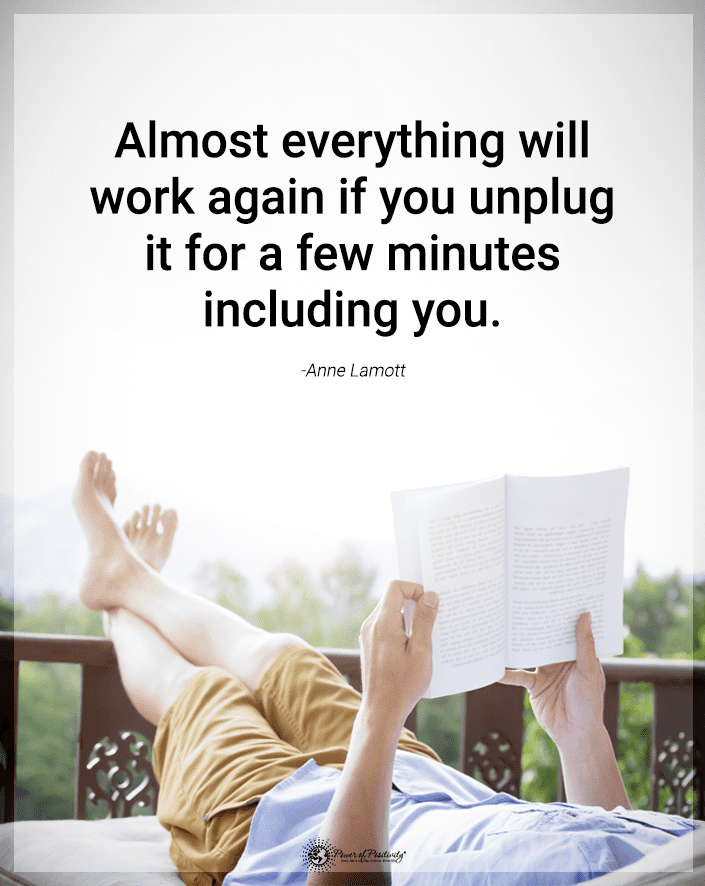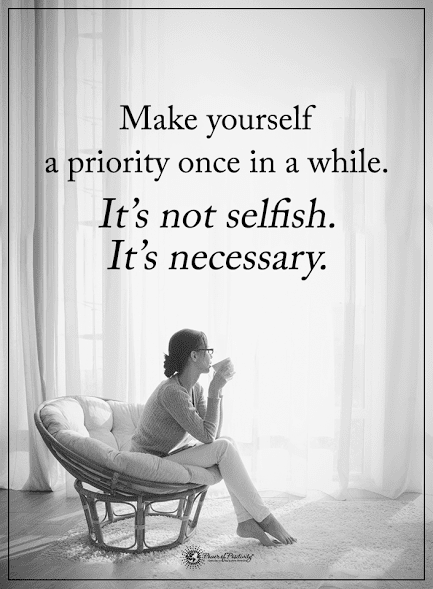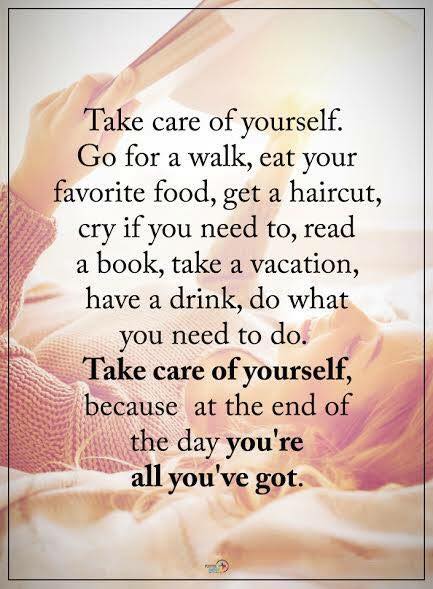Sadly, food insecurity remains a worldwide issue, and one that every country should strive to abolish. In the U.S. alone, for instance, 42 million people, 13 million of those being children, suffer from hunger. This equates to roughly 1 in 6 children in the U.S. going hungry, an issue that frankly shouldn’t exist in ANY first-world country.
Even more startling is the fact that those are 2015 statistics, which means those numbers have likely risen in the U.S. and in other countries around the world.
As you can imagine, poverty and food insecurity go hand-in-hand. However, most parents simply do what they can to make ends meet, and buy whatever food they can afford for their children, even if that means purchasing unhealthy food.
Luckily, federal programs exist to help underprivileged families get their needs met, but not everyone can qualify. Some families make just enough to where they can’t qualify for the program, but they still don’t have the funds to purchase what their family truly needs to thrive.
Making this situation worse is the fact that we throw away or waste approximately one third of the food we produce in any given year worldwide. This equates to about $680 billion in the U.S. alone, which is absolutely appalling no matter how you look at it. So, if we simply grew or produced within our means, composted the waste, and shared with others, the world would likely look very different than it does now.
The video below sheds light on this growing problem, and shows a possible solution for humanity’s food crisis.
Students Steal Starving Classmate’s Empty Lunchbox And Fill It Up With Love And Kindness
In the opening scene of the video, a boy sits in a classroom surrounded by his classmates. Everyone opens their lunchbox to a nourishing meal, while the boy opens his to empty space. He asks the teacher if he can leave the room while the other kids eat, so he doesn’t have to endure the torture.
The young boy wanders aimlessly through the halls before eventually returning to the classroom. He sits back down and opens his lunchbox again, but this time, he’s pleasantly surprised.
His classmates truly know the meaning of the phrase “sharing is caring.”
More than ever before, it’s become clear that working together is key to humanity’s survival, and we desperately need people who can act as compassionate leaders toward a new way of thinking and living. It’s hard to know exactly what to do in these times, but if you happen to see someone struggling with hunger, consider giving whatever you can to them, whether that be food or financial help. Or, even better, donate to a charity that aims to end hunger worldwide.
Let’s lift one another up and work collectively rather than tear each other down by working against one another and humanity’s greater good.
EVERYONE deserves fresh, nutritious food, regardless of income, job status, or socioeconomic factors.
Check out the video below, and share it if the message resonates with you!
https://www.facebook.com/fosterhjem.no/videos/1906064669407333/














